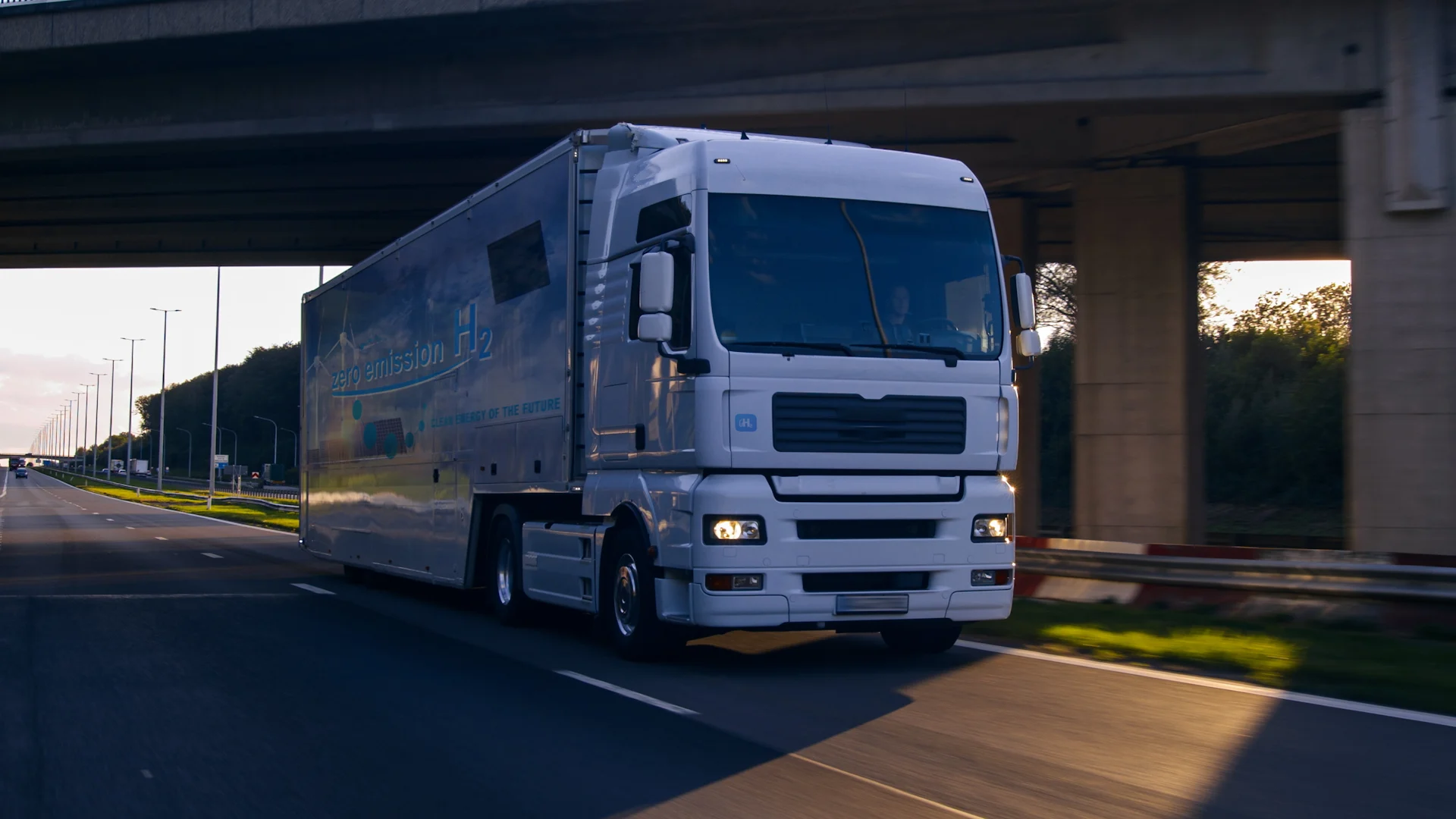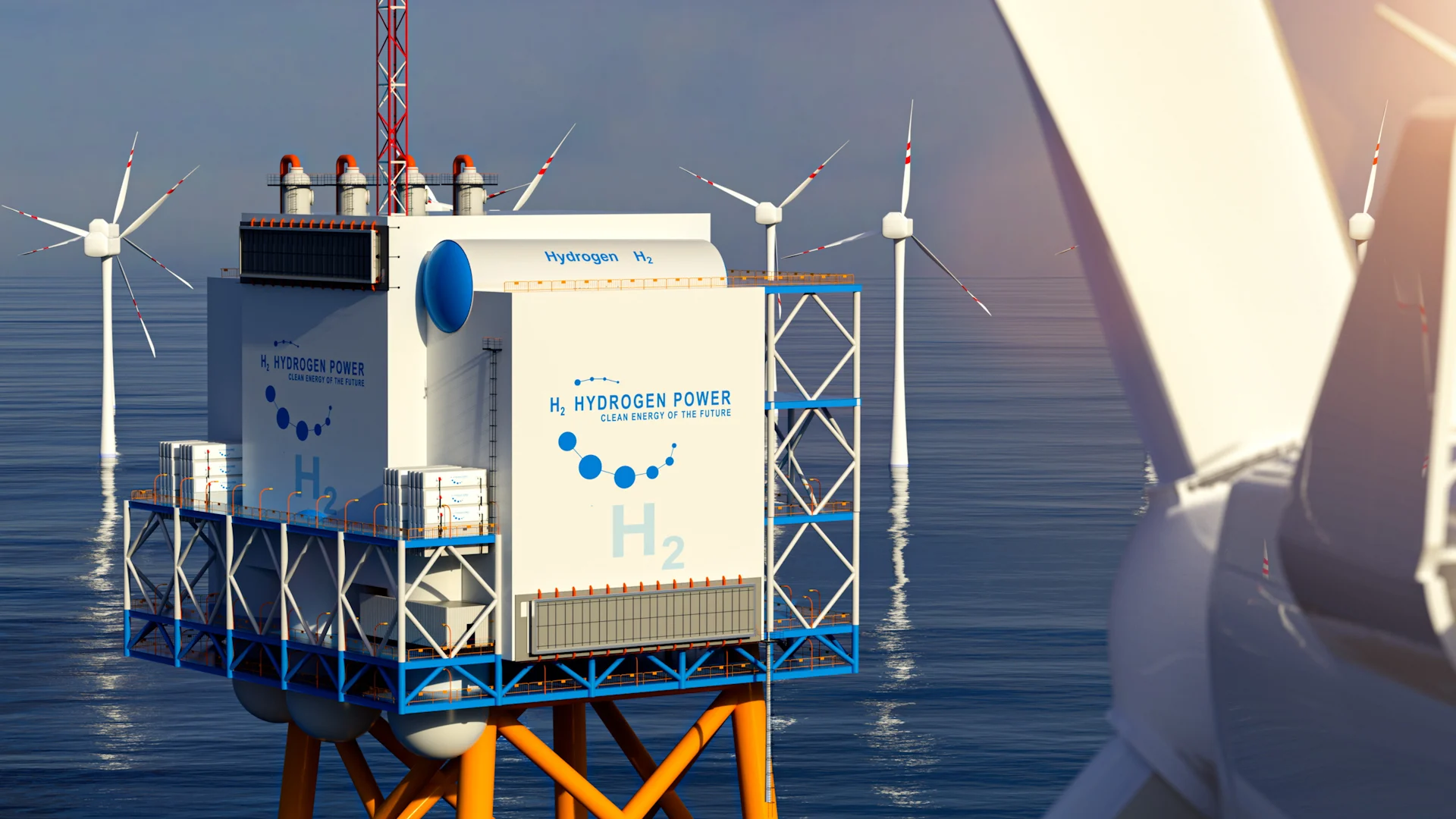
Can hydrogen become the green fuel of the future?
Advancements in hydrogen-related technology over the last year have brought a buzz to the alternative fuel, along with exciting new products.
Achieving safe, cost-effective, and scalable hydrogen fuel technology has long been considered a kind of Holy Grail in the renewable energy field. Burning hydrogen produces nothing worse than water vapour — the definition of net-zero — and the molecule is plentiful in nature.
Hydrogen has the potential to sidestep the two greatest challenges of fuel production: sourcing and extraction on the one end, and harmful emissions on the other.
Enticed by these possibilities, and a raft of global energy subsidies, start-ups and industry giants alike have been pouring research and development hours into hydrogen projects in hopes of finding their foothold in this budding alt-fuel niche.
“When it comes to hydrogen, there is a tendency to see it as a miracle fuel, because it’s a fuel that can be used without emitting greenhouse gases,” Raphael Hanoteaux, senior policy advisor of Gas Politics for E3G, told The Weather Network.
“At the moment, hydrogen is a fuel of the future — we use it mainly for industry,” he added.

Concept rendering of a hydrogen fueling station. (Getty)
Hydrogen breakthroughs
In recent months, however, that has been changing. Several companies have unveiled prototypes or plans for hydrogen-powered planes, trains, race cars, and hauling trucks — to name just a few examples.
In January, the aviation company ZeroAvia, which is at the forefront of developing hydrogen fuel cell technology for use in planes, safely completed a test-flight of a small aircraft partly powered by hydrogen.
Last summer, Germany — which has signed an agreement to produce and transport hydrogen in partnership with Canada — announced the launch of 14 passenger trains that also run on the emissions-free fuel.
And earlier in 2022, the carbon reduction company First Mode unveiled a heavy-duty hauling truck powered by a hydrogen fuel cell engine in operation at the Mogalakwena mine in South Africa.
These advancements are notable. While hydrogen fuel cell technology has been around for decades, it has never before been used in sectors like aviation — which produces three per cent of worldwide greenhouse gas emissions (GHGs) — or mining, which accounts for seven per cent of global GHGs, with nearly half of that resulting from haulage trucks themselves.
Bolstering these new ventures are international subsidies and incentives aimed at spurring the energy transition, like the American Inflation Reduction Act (IRA) — a nearly US$400-billion bill — and similar legislation in the EU, which just last week proposed its “Green Deal Industrial Plan.”
Collectively, such plans mark the first time global investment in decarbonization hit the US$1 trillion mark, and they include sizeable investments in hydrogen technology — as does last quarter’s budget update from the Canadian government.
This investment is key to bringing down the cost of hydrogen production, which remains a significant obstacle in the sector because, unlike fossil fuels that require far less processing, the burnable form of hydrogen must be produced through highly energy-intensive processes.
Hydrogen fuel production
The first step in that direction is expanding hydrogen production capacity, and that is well underway here in Canada. Hydrogen production facilities are planned in Alberta, Newfoundland, and Nova Scotia in the coming few years.
But there is another obstacle to producing hydrogen for use as a fuel in industry and transportation. The energy used to isolate burnable hydrogen is often the very fossil fuels that, in a net-zero world, hydrogen would replace.
“The production of hydrogen entails a lot of electricity. That’s where greenhouse gases can occur,” Murray Thomson, professor in the department of Mechanical and Industrial Engineering at the University of Toronto, told The Weather Network.
For example, the plant to be built in Alberta, through an agreement with the company Air Products Inc., would produce hydrogen using a primary energy source of natural gas (aka methane gas).
The project is billed as “net-zero,” because the plant would capture and store GHG emissions, but some green energy advocates argue that making “clean” hydrogen from “dirty” fossil fuels — known as “blue hydrogen” — defeats the purpose, from a climate perspective.

'Green hydrogen' is hydrogen produced from emissions-free renewable sources like wind and solar power. (Getty)
How "green" is it?
Critics contend that the fossil fuel industry, losing its market share to renewables, is pushing blue hydrogen for financial reasons, not to better the climate. Research has revealed that fossil fuel lobby groups spent more than US$70 million boosting blue hydrogen in the EU.
By contrast, some studies are wary of the push to use hydrogen in transportation or home heating, arguing that such a push will only undercut the electrification of transport or the shift to heating homes with heat pumps, which are six times more efficient than hydrogen boilers.
Or they make the case for “green hydrogen,” or hydrogen produced from emissions-free renewable sources like wind and solar power.
“The idea is to produce hydrogen from renewable electricity, made by electrolysis,” Hanoteaux explained.
The plants in Nova Scotia and Newfoundland would both produce hydrogen entirely from wind power — in the latter case, a three-gigawatt wind farm near Stephenville.
With the rise of these sources of green production, hydrogen may begin to play a larger role in sectors where batteries are less useful — like high-heat industry and high-power transport.
“Replacing coal in steel-making, replacing jet fuel for airplanes, replacing diesel fuel for trucks,” said Thomson.
“There are lots of applications where electricity and electric batteries don’t really work, and hydrogen is a way of replacing these fossil fuels with something that doesn’t produce greenhouse gases,” he added.
And easier and cheaper methods to produce hydrogen may be on the horizon. Just last week, researchers from the University of Adelaide, in Australia, announced that they have produced hydrogen fuel straight from seawater.
“We have split natural seawater into oxygen and hydrogen with nearly 100 per cent efficiency, to produce green hydrogen by electrolysis, using a non-precious and cheap catalyst in a commercial electrolyser,” explained co-lead of the research, professor Shizhang Qiao.
The work could provide a path to affordable green hydrogen and mark the beginning of a boom for the industry.
Thumbnail image: A hydrogen-powered truck on the highway. (Getty)











